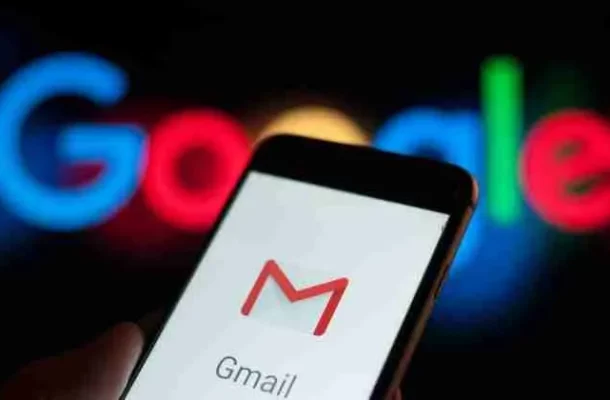Celebrating two decades of Gmail, explore its transformative journey from a pioneering email service to a global phenomenon. Delve into its origins, evolution, and the impact of its latest updates on user experience.
Introduction: Marking its 20th anniversary milestone, Gmail stands as a testament to innovation and adaptation in the digital realm. From its humble beginnings in 2004 to its current status as the world's largest email service, Gmail's evolution reflects the dynamic landscape of technology and communication. Join us as we unravel the nostalgic images from 2004 and trace the remarkable journey of Gmail through the years.
Origins and Early Challenges: Birth of a Game-changer
April 1, 2004: The Inception Gmail emerged on the digital horizon on April 1, 2004, a date that initially sparked skepticism and intrigue. Despite its groundbreaking potential, many dismissed Gmail's launch as an elaborate April Fools' Day prank, unaware of the seismic shift it would herald in the realm of email services.
Revolutionary Features and Skepticism With promises of ample storage capacity and search-based functionality, Gmail defied conventional email norms. Google's co-founder Larry Page cited user frustrations as the catalyst for Gmail's development, although subsequent revelations by Gmail's creator, Paul Buccheit, unveiled a more protracted timeline of its inception.
Rapid Expansion and User Demand: The Gmail Phenomenon
From Invitation-only to Global Domination The initial scarcity of storage infrastructure necessitated Gmail's gradual rollout via invitation-only access until 2007. However, the service's exponential growth soon became evident, with invitations fetching exorbitant prices on platforms like eBay. Gmail's unparalleled storage capabilities and intuitive search functionality propelled it to the forefront of the email service landscape, captivating millions of users worldwide.
Innovations and Iterations: A Testament to Adaptability Over the years, Gmail underwent a series of transformative updates, enhancing its user experience and functionality. From customizable HD backgrounds to integrated task management features, each iteration reflected Google's commitment to staying ahead of evolving user expectations.
Evolution into the Modern Era: The Latest Updates
Aesthetic Overhauls and Integration In 2018, Gmail underwent a significant design overhaul, aligning its aesthetics with Google's G-suite products. Subsequent updates introduced tabs for Chat, Meet, and Spaces, fostering seamless integration with Workspace apps. Furthermore, expanded AI services and enhanced organizational tools underscored Gmail's ongoing evolution in 2022, paving the way for its current iteration in 2024.
Continuity Amidst Change Despite its transformative journey, Gmail's core functionalities remain steadfast, providing users with familiar features amidst technological advancements. Threaded conversations, intuitive search capabilities, and tabbed organization epitomize Gmail's enduring legacy as a user-centric email service.
Conclusion: As Gmail commemorates two decades of innovation and influence, its legacy as a trailblazer in the digital sphere is firmly established. From its pioneering inception to its latest iterations, Gmail continues to redefine the boundaries of communication and productivity. With its unwavering commitment to user-centric design and adaptability, Gmail's journey remains an inspiring testament to the enduring power of technological innovation in shaping our digital landscape.


Comments